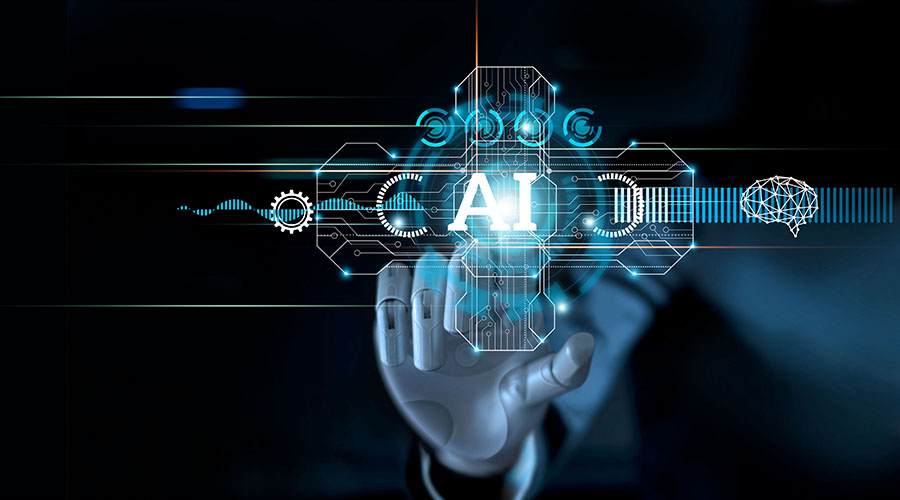In general, AI systems work by ingesting large amounts of labeled training data, analyzing that data for correlations and patterns, and using these patterns to make predictions about future states.
For example, an AI chatbot that is fed examples of text can learn to generate lifelike exchanges with people, and an image recognition tool can learn to identify and describe objects in images by reviewing millions of examples. Generative AI techniques, which have advanced rapidly over the past few years, can create realistic text, images, music and other media.
Programming AI systems focuses on cognitive skills such as the following:
- Learning. This aspect of AI programming involves acquiring data and creating rules, known as algorithms, to transform it into actionable information. These algorithms provide computing devices with step-by-step instructions for completing specific tasks.
- Reasoning. This aspect involves choosing the right algorithm to reach a desired outcome.
- Self-correction. This aspect involves algorithms continuously learning and tuning themselves to provide the most accurate results possible.
- Creativity. This aspect uses neural networks, rule-based systems, statistical methods and other AI techniques to generate new images, text, music, ideas and so on.

